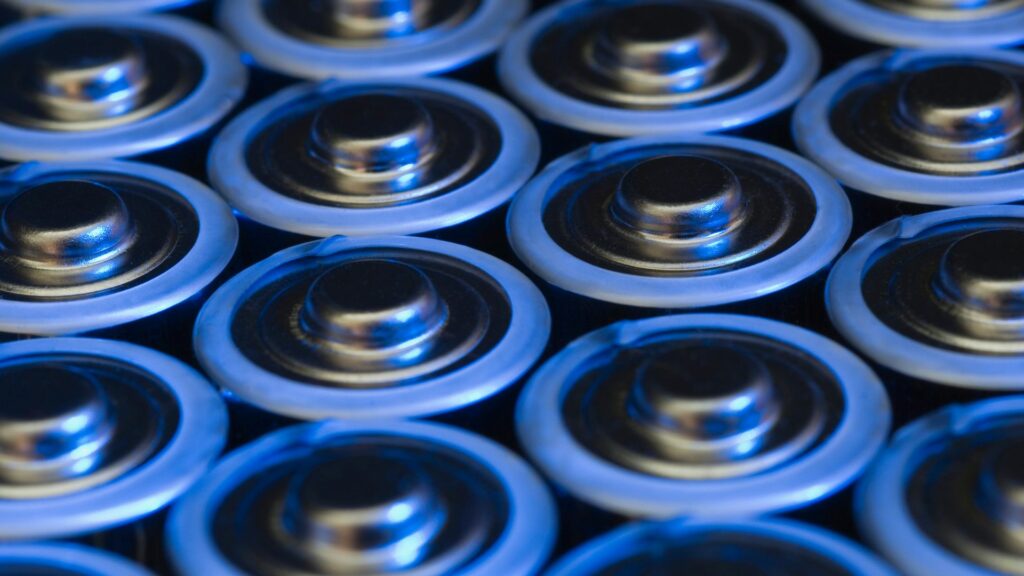What are the best lithium batteries for forklifts?
As the forklift industry evolves, facility managers are increasingly turning to lithium battery technology for its efficiency and durability. In this survey, we explore the different lithium battery chemistries used by top suppliers, including UGO Work, Electrovaya, Flux, GreenCubes, StromCore, Triathalon, Enersys, BYD, and BSL Batt. Our focus is on providing insightful and educational content that empowers decision-makers in selecting the best battery solutions.
Lithium Battery Chemistries in Material Handling Equipment (MHE)
The two primary chemistries for lithium batteries in MHE are Lithium Iron Phosphate (LFP) and Lithium Nickel Manganese Cobalt Oxide (NMC). LFP is known for its sustainability and longer cycle life, making it a preferred chemistry for MHE applications. With a cycle life ranging from 2,800 to 4,000 to 80% original capacity, LFP stands out for its endurance. On the other hand, NMC boasts a higher energy density, which is beneficial on a weight and volume basis, although it has a shorter cycle life of 500 to 2,300 cycles.
Expanding on the comparison, LFP batteries offer a robust safety profile due to their higher thermal runaway temperature and lower heat release in the event of a failure. This makes them an ideal choice for environments where safety cannot be compromised. NMC batteries, while offering higher energy density, require more stringent safety protocols to manage their lower thermal runaway threshold.
Cost Considerations and Market Dynamics in Lithium Battery Chemistries
Battery pack Original Equipment Manufacturers (OEMs) assemble cells from cell-level OEMs such as CATL, Panasonic, and LG Chem into packs with a battery management system. The pack level accounts for 20-30% of the total battery cost. In MHE, the need for a lithium counterweight can add to the overall cost. Nonetheless, pack OEMs provide innovative service solutions and market to relevant end-segments.
With the increasing adoption of electric vehicles (EVs), the demand for lithium batteries has surged, leading to a competitive market landscape. This competition has spurred technological advancements and cost reductions, benefiting the MHE sector. Facility managers must navigate these market dynamics to secure cost-effective and reliable battery solutions for their operations.
Environmental Impact and Sustainability
The production and disposal of lithium batteries have environmental implications that facility managers must consider. The mining of lithium and cobalt has raised concerns over ecological disruption and ethical sourcing. Suppliers are increasingly focusing on reducing the environmental footprint of their products through recycling programs and the development of batteries with a higher proportion of sustainable materials.
Leading Manufacturers of Lithium Batteries Manufacturers for Forklifts
| Manufacturer | Lithium Chemistry | Website Link |
| UGO Work | NMC | https://ugowork.com/ |
| Triathalon | NMC | https://triathlon-batteries-usa.com/ |
| StromCore | NMC | https://www.stromcore.com/ |
| Navitas | NMC | https://www.navitas.com/ |
| GreenCubes | LFP | https://greencubes.com/applications/motive/ |
Battery Management Systems (BMS)
A critical component of lithium battery packs is the Battery Management System (BMS), which ensures the safety, longevity, and efficiency of the battery. A well-designed BMS can significantly extend the life of a battery by preventing overcharging, balancing cell charge levels, and monitoring temperature. This section of the survey highlights the latest BMS technologies that are pushing the boundaries of battery performance in MHE.
Looking Ahead: The Future of Lithium Batteries in MHE
The lithium battery industry is on the cusp of transformative changes, with emerging technologies such as solid-state batteries and advancements in battery chemistry poised to further enhance performance and safety. This forward-looking section will explore how these innovations could reshape the landscape of MHE and what facility managers can anticipate in the coming years.
Conclusion
In conclusion, the choice between LFP and NMC chemistries involves a trade-off between cycle life and energy density. Facility managers must consider these factors along with safety, cost implications, and environmental sustainability when selecting lithium batteries for forklifts. As the industry continues to innovate and advance, staying informed on these key aspects will lead to sustainable and empowering decisions for the future of material handling.





